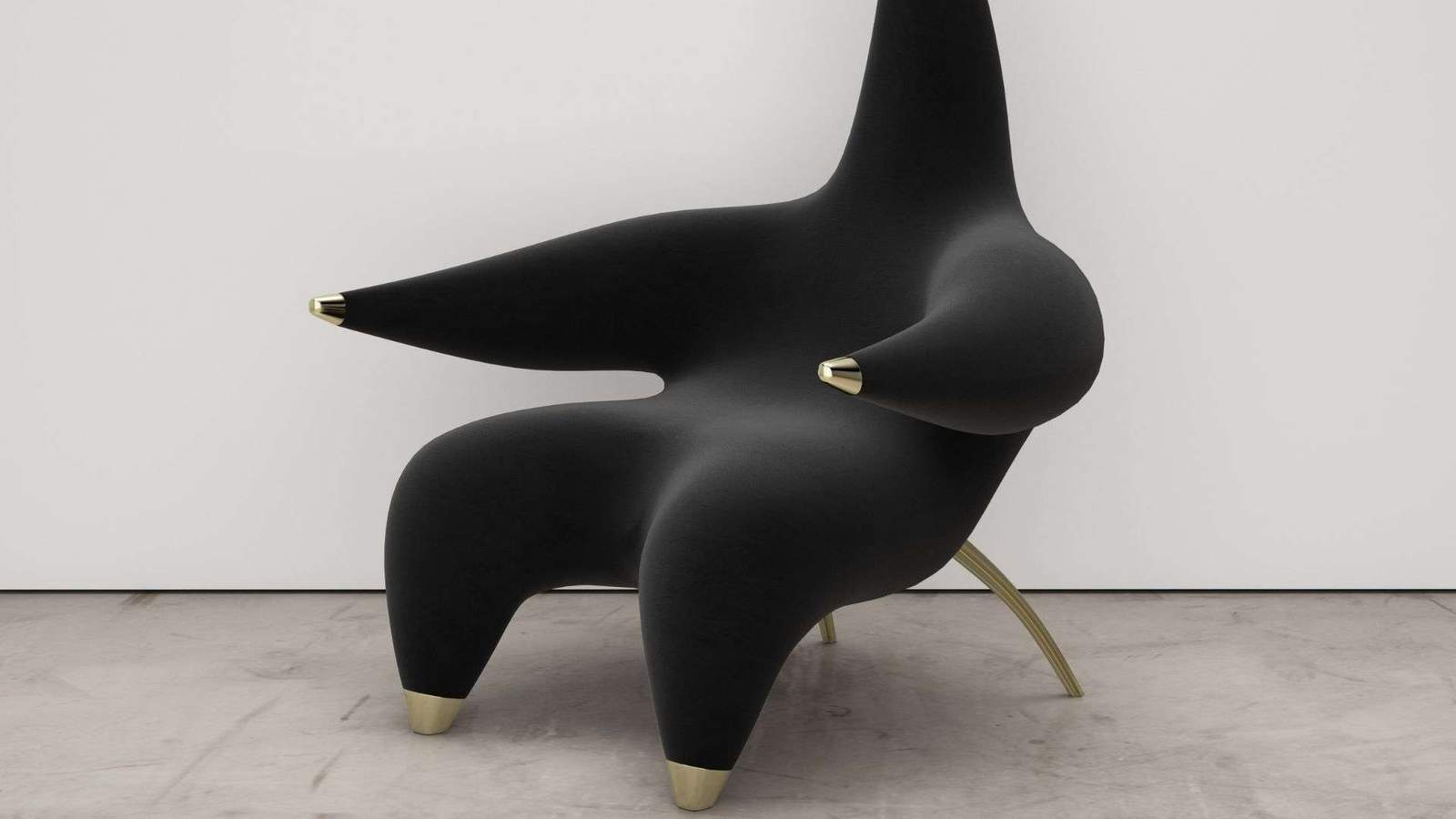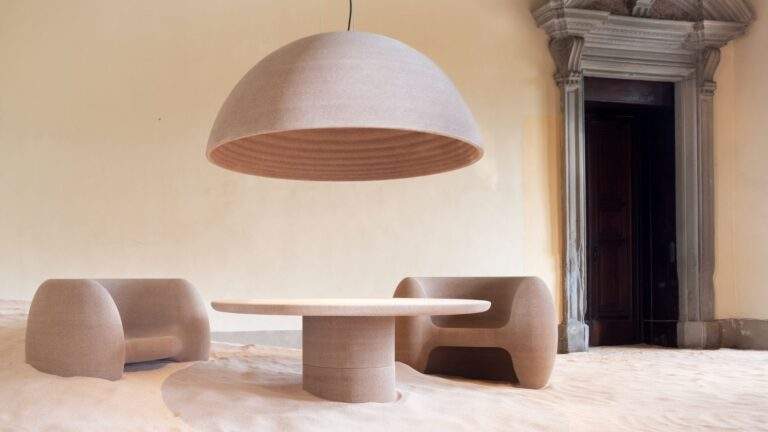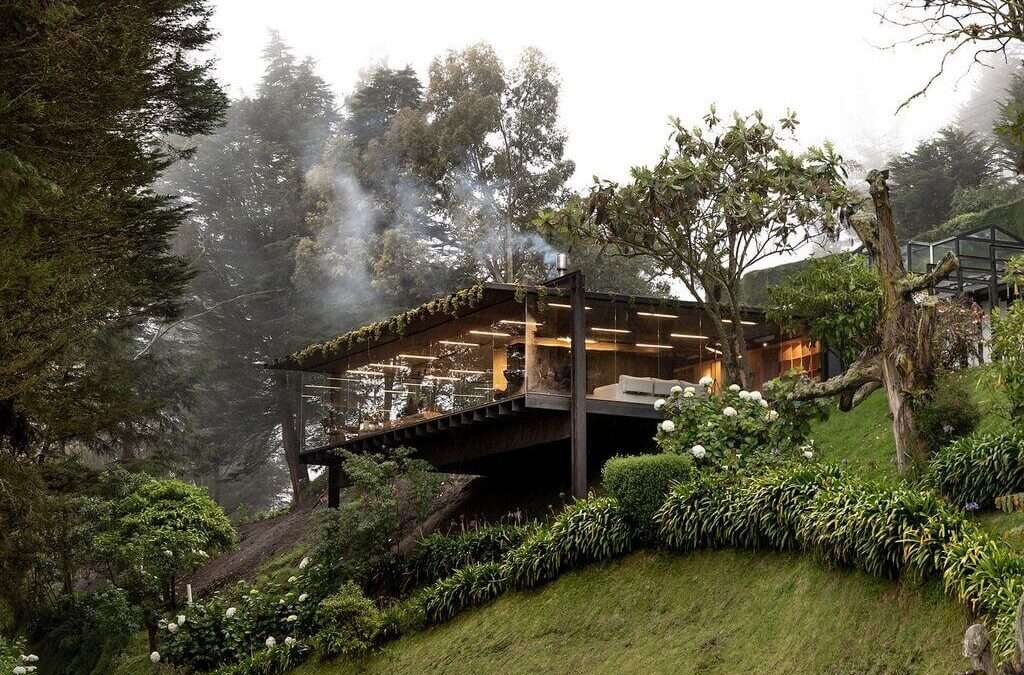Project Overview
Originally designed in 1973 by modernist architect and SCI-Arc co-founder Ray Kappe, the Glass Ridge House sits in a quiet cul-de-sac in La Cañada Flintridge. Rediscovered and renovated by OWIU Design—founded by SCI-Arc alumni Amanda Gunawan and Joel Wong—the house is now a blend of Californian modernism and Asian sensibilities.
The co-founders were drawn to the site’s original harmony between architecture and landscape, despite three decades of neglect. Their renovation sought to preserve this balance while layering their own bicultural influences, architectural philosophies, and spatial rituals.
Cultural and Material Dialogue
The design bridges Eastern traditions and Californian context. Having grown up in Singapore, both founders infused the home with Asian elements:
- A koi pond wrapping the entrance
- A tea bar as a daily ritual space
- Tatami mats for grounded living and rest
- Custom ceramic tiles by Japanese artist Hashimoto Tomonari
- Dark-toned stone bathrooms referencing Japanese ryokans
Rather than mimicry, OWIU translates these elements into a modernist grammar that honors both heritage and innovation.



Spatial Philosophy and Flow
Natural elements dictate spatial rhythm. The glass rear façade invites uninterrupted views of the hills, water, and trees—making nature not just a backdrop, but a protagonist. Stepping stones, clerestory windows, and an indoor stream reflect a wabi-sabi-inspired reverence for impermanence and fluidity.
The pool was redesigned for visual continuity with the terrain, and the use of low-profile furniture allows the landscape to remain the visual anchor.
More on ArchUp:
Contrast, Texture, and Tonality
OWIU’s palette is restrained yet deeply textural:
- Black-stained exterior wood to ground the structure
- Soft green stone at the tea bar for subtle contrast
- Black tatami mats for minimalist richness
- Neutral tones dominating the kitchen and shared spaces
This curated contrast enhances the tactile and emotional experience without distracting from the spatial calm.
Architectural Legacy and Personal Identity
The project is a subtle homage to Ray Kappe’s design legacy—his modular planning and connection to landscape are preserved, but now refracted through the lens of contemporary Asian-American identity.
As OWIU states, their intervention is “a small prayer to the existing nature and the legacy of the architecture,” dressed in their lived experience and emerging design language.


Photos: OWIU and Austin John







